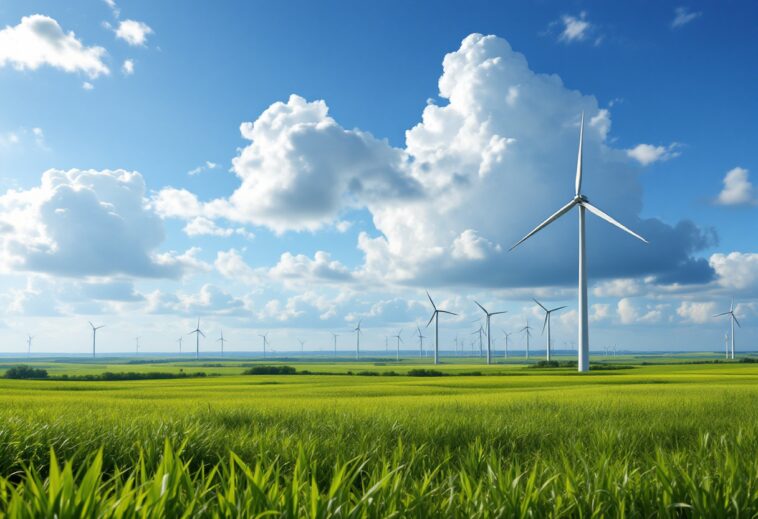Table of Contents
Introduction to the executive order
In a bold move that has sent shockwaves through the renewable energy sector, President Trump has signed an executive order halting federal approvals for new wind farms across the United States. This sweeping directive not only targets offshore projects in the Atlantic and Pacific Oceans but also poses a significant threat to smaller wind farms on federal and private lands.
The order, signed in the Oval Office, marks a dramatic shift in U.S. energy policy, raising concerns about the future of wind energy in a country increasingly reliant on renewable sources.
Immediate effects on wind energy projects
The executive order effectively freezes all leasing of federal lands and waters for new wind farms, pending a comprehensive review of the industry.
This pause extends to federal permits necessary for projects on private land, which often require environmental assessments. While existing projects under construction are not immediately affected, the order empowers the U.S. Attorney General and the Secretary of the Interior to consider terminating or amending previously issued leases.
This creates uncertainty for developers who have already invested in projects, potentially stalling progress on significant renewable energy initiatives.
Impact on the renewable energy landscape
The implications of this order are profound, particularly for states that have embraced wind energy as a cornerstone of their energy strategies.
Currently, the wind industry accounts for approximately 10 percent of the nation’s electricity supply, with nearly 40 gigawatts of projects in development. States like Iowa, Oklahoma, and Texas have become leaders in wind energy production, and the recent order threatens to undermine these advancements.
Furthermore, Eastern states such as New York and Massachusetts, which were poised to expand their offshore wind projects to meet ambitious renewable energy targets, now face significant setbacks. The halt in approvals could jeopardize the progress made toward achieving these goals, leaving many stakeholders concerned about the future of clean energy in the U.S.






